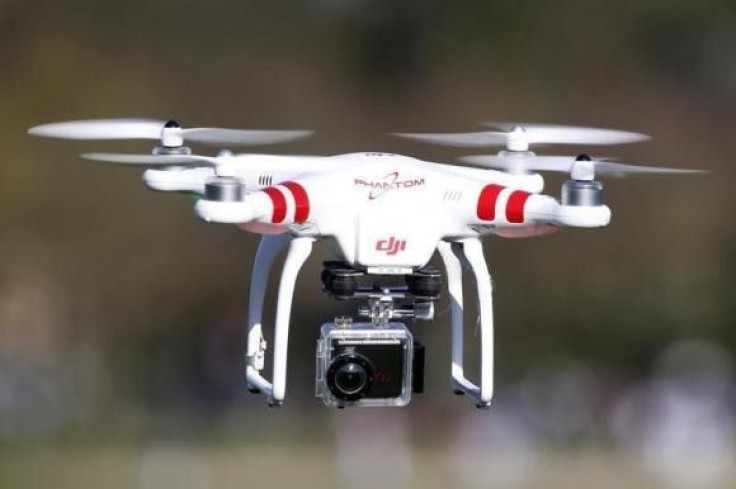Science Turns To Drones For Research

Over the past few years, technology has become more affordable and accessible that amateur and professional photographers are now sending their cameras into the sky. The drone technology is now popular and in very high demand, bringing prices down. Small drones are available today for as little as a few hundred dollars. As of the end of 2013, about one million small drones have been sold worldwide for recreational and commercial use, according to industry estimates.
Drones are small, unmanned aerial or ground-based vehicles that are operated for fun or business —much like a hobbyist’s radio-controlled helicopter or car. Since drones are cheaper, scientists are now turning to this technology to help with research.
An article in Nature.com cited several instances that drones or unmanned aerial vehicles (UAV) are now a tool of science, being utilised in wildlife studies, polar research and volcano studies. Some more advanced drones are also used for underwater research and geological mapping.
“They are on their way to becoming this indispensable and revolutionary technology,” Adam Watts, an ecologist at the University of Florida in Gainesville was quoted as saying.
The attempt to use drones in science goes way back in the 1970s, the article said. NASA first tried it but because it was not cheap to acquire UAVs to use in research, the idea was dropped. In recent years however, improvements in technology and demand has risen that UAVs are far easier to use in science.
Example of use of drones in science are for hurricane and climate studies. It did cost NASA US$20 million before, but now a cheaper version can cost $300 and it will be as effective in research.
Since most of the base metals like nickel are utilised to make parts of drones, there will be a huge opportunity for drone makers to produce more affordable UAVs. Nickel do play an important role in modern life, and in stainless steel, this chemical is a key ingredient. Demand for stainless steels is massive, it is probably the much sought after metal. As demand grows, there is more room for nickel-cooper explorers to enter the market.
Amur Minerals Corporation (London AIM:AMC), a British-owned nickel exploration firm is one company that can fill in the demand for nickel production. The company's Kun-Manie project contains 39.2 million tonnes of ore for mining, according to a report by Minesite.com in 2014.
“In light of the fact that there are presently 70 million tonnes of inferred resource not available for inclusion in our current reserve assessment and that our historical infill drill success rate has been high, we anticipate an opportunity to take advantage of the economy of scale by increasing the annual production rate at Kun-Manie,” Amur Chief Executive Robin Young told Minesite.com.
Despite the drone phenomenon there are still hurdles to making full use of it. There are regulations by the Federal Aviation Administration in the United States and in other countries that places restrictions on the device's use.
A recent U.S. Senate Committee hearing debates whether further use of drones for commercial purposes will address raised concerns on safety and privacy issues. The hearing though appears optimistic that the drone innovations will bring in jobs and improve economic growth. They can also be part of the new discoveries.
To contact the writer, email: vittoriohernandez@yahoo.com






